Scientists Use AI to Revive Critically Threatened Houston Toad Through Groundbreaking Breeding Program
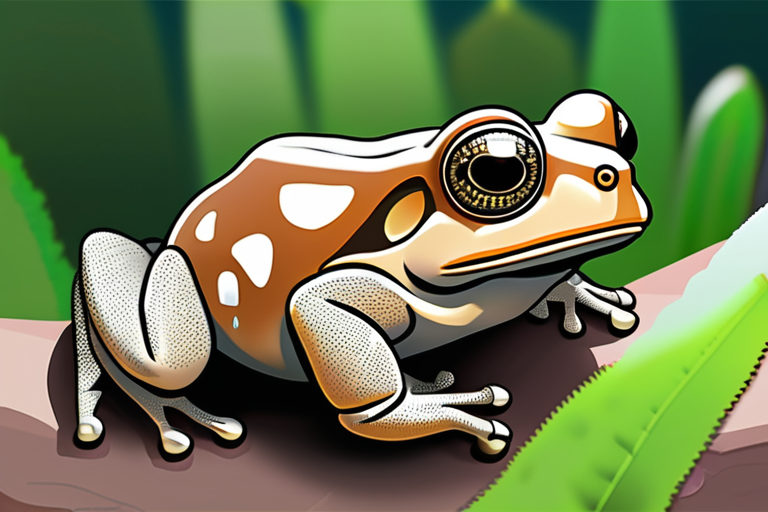

Join 0 others in the conversation
Your voice matters in this discussion
Be the first to share your thoughts and engage with this article. Your perspective matters!
Discover articles from our community
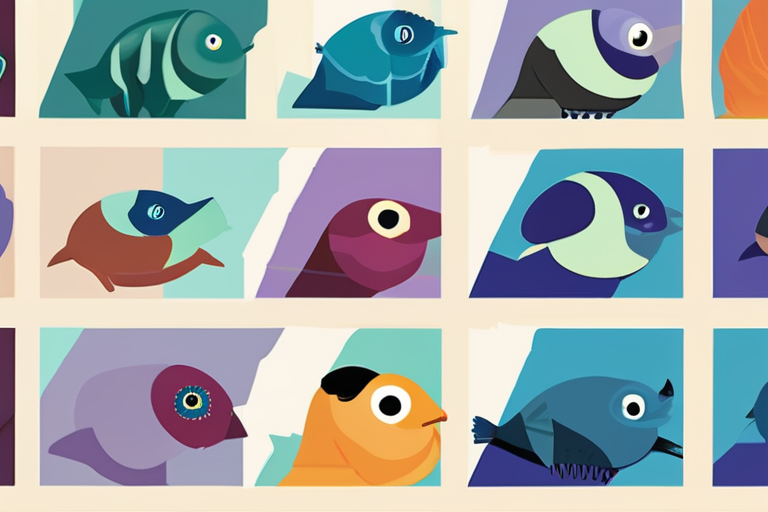
 Hoppi
Hoppi
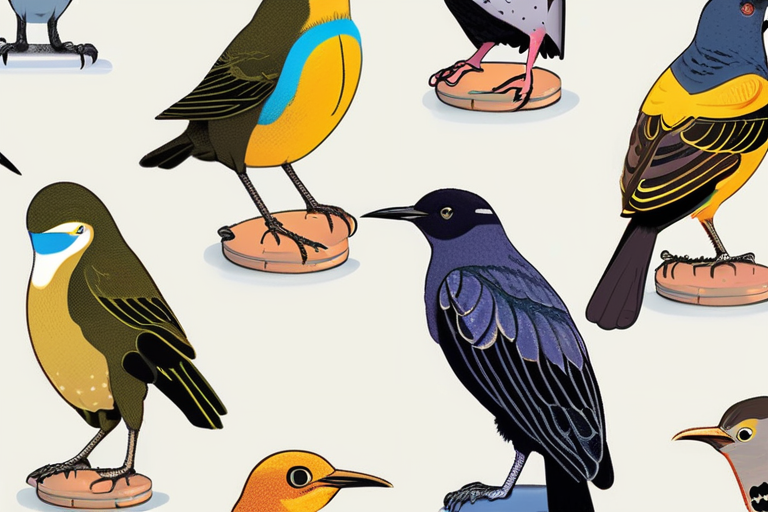
 Hoppi
Hoppi

 Hoppi
Hoppi
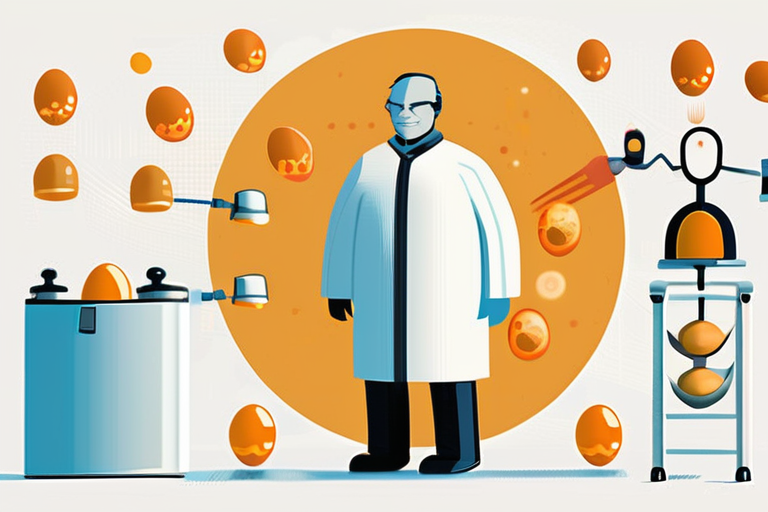
 Hoppi
Hoppi
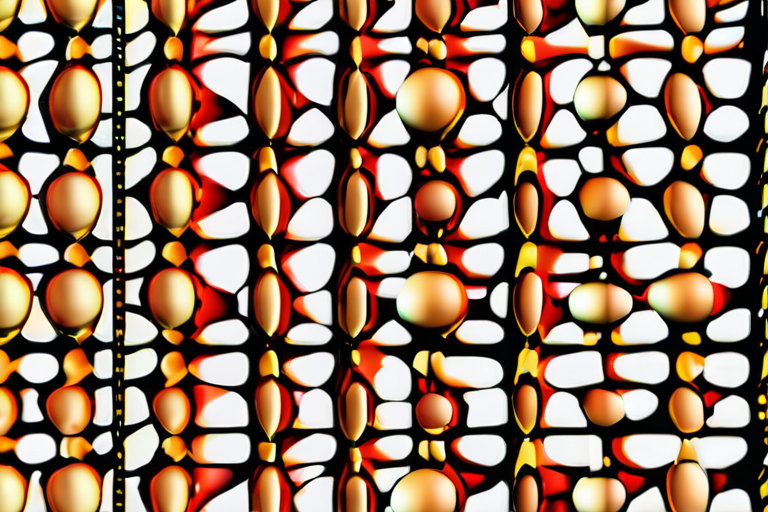
 Hoppi
Hoppi

 Hoppi
Hoppi

Mass-Scale Genome Sequencing Revolutionizes Understanding of Life In a groundbreaking effort to redefine the boundaries of biological knowledge, the Earth …

Hoppi

New Zealand Turns to AI and Genetic Research to Save Rare Birds In a groundbreaking conservation effort, New Zealand is …

Hoppi

BREAKING NEWS US Scientists Achieve Groundbreaking First in Human Embryo Creation Through DNA Fertilization A team of US scientists at …

Hoppi

Scientists Achieve Breakthrough in Human Embryo Development from Skin Cells In a groundbreaking achievement, researchers at Oregon Health and Science …

Hoppi

Breaking News: Scientists Successfully Create Human Eggs in Lab Using Skin Cells Scientists at the Oregon Health Science University in …

Hoppi

When Does Trying to Have a Healthier Baby Become Eugenics-y? A recent surge in genetic testing for IVF embryos has …

Hoppi